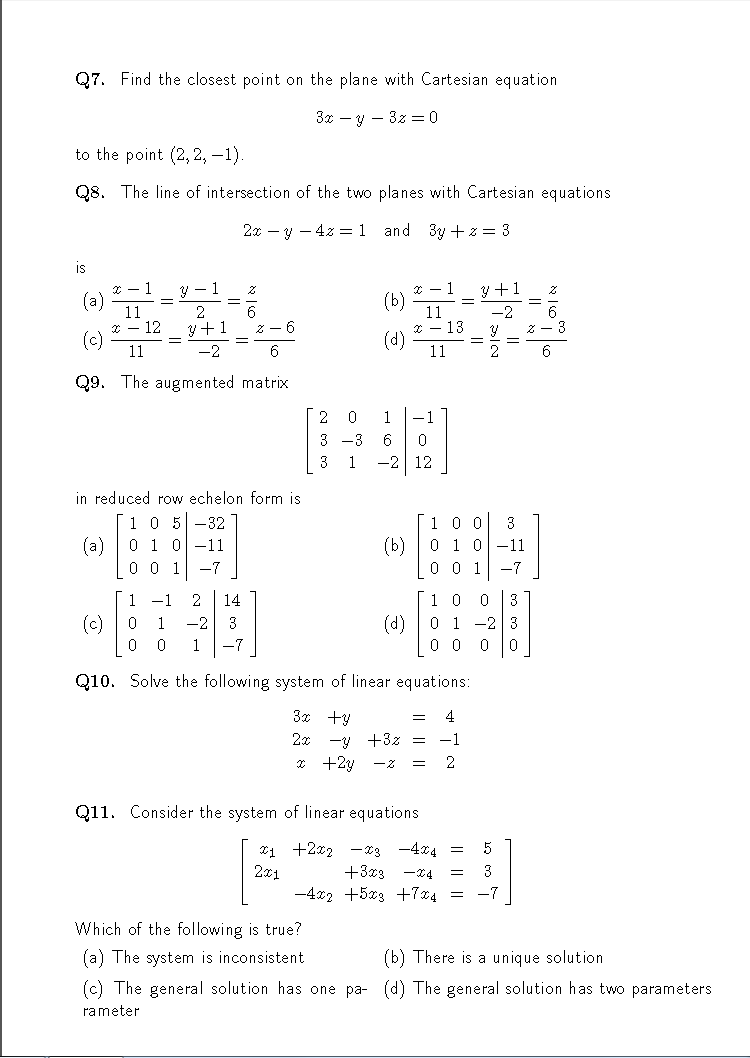
īy around 1843, when the Ordnance Survey started to regularly record contour lines in Great Britain and Ireland, they were already in general use in European countries.

In 1801, the chief of the French Corps of Engineers, Haxo, used contour lines at the larger scale of 1:500 on a plan of his projects for Rocca d'Anfo, now in northern Italy, under Napoleon. Dupain-Triel used contour lines at 20-metre intervals, hachures, spot-heights and a vertical section. Such lines were used to describe a land surface (contour lines) in a map of the Duchy of Modena and Reggio by Domenico Vandelli in 1746, and they were studied theoretically by Ducarla in 1771, and Charles Hutton used them in the Schiehallion experiment. The Dutch engineer Nicholas Cruquius drew the bed of the river Merwede with lines of equal depth (isobaths) at intervals of 1 fathom in 1727, and Philippe Buache used them at 10-fathom intervals on a chart of the English Channel that was prepared in 1737 and published in 1752. In 1701, Edmond Halley used such lines (isogons) on a chart of magnetic variation. The oldest known isobath (contour line of constant depth) is found on a map dated 1584 of the river Spaarne, near Haarlem, by Dutchman Pieter Bruinsz. The idea of lines that join points of equal value was rediscovered several times. Įdmond Halley's New and Correct Chart Shewing the Variations of the Compass (1701) In the latter case, the method of interpolation affects the reliability of individual isolines and their portrayal of slope, pits and peaks. Contour lines may be either traced on a visible three-dimensional model of the surface, as when a photogrammetrist viewing a stereo-model plots elevation contours, or interpolated from the estimated surface elevations, as when a computer program threads contours through a network of observation points of area centroids. The configuration of these contours allows map readers to infer the relative gradient of a parameter and estimate that parameter at specific places. A level set is a generalization of a contour line for functions of any number of variables.Ĭontour lines are curved, straight or a mixture of both lines on a map describing the intersection of a real or hypothetical surface with one or more horizontal planes. When the lines are close together the magnitude of the gradient is large: the variation is steep. The gradient of the function is always perpendicular to the contour lines.

The contour interval of a contour map is the difference in elevation between successive contour lines. A contour map is a map illustrated with contour lines, for example a topographic map, which thus shows valleys and hills, and the steepness or gentleness of slopes.


In cartography, a contour line (often just called a "contour") joins points of equal elevation (height) above a given level, such as mean sea level. More generally, a contour line for a function of two variables is a curve connecting points where the function has the same particular value. It is a plane section of the three-dimensional graph of the function f ( x, y ) -plane. A two-dimensional contour graph of the three-dimensional surface in the above picture.Ī contour line (also isoline, isopleth, or isarithm) of a function of two variables is a curve along which the function has a constant value, so that the curve joins points of equal value.


 0 kommentar(er)
0 kommentar(er)
